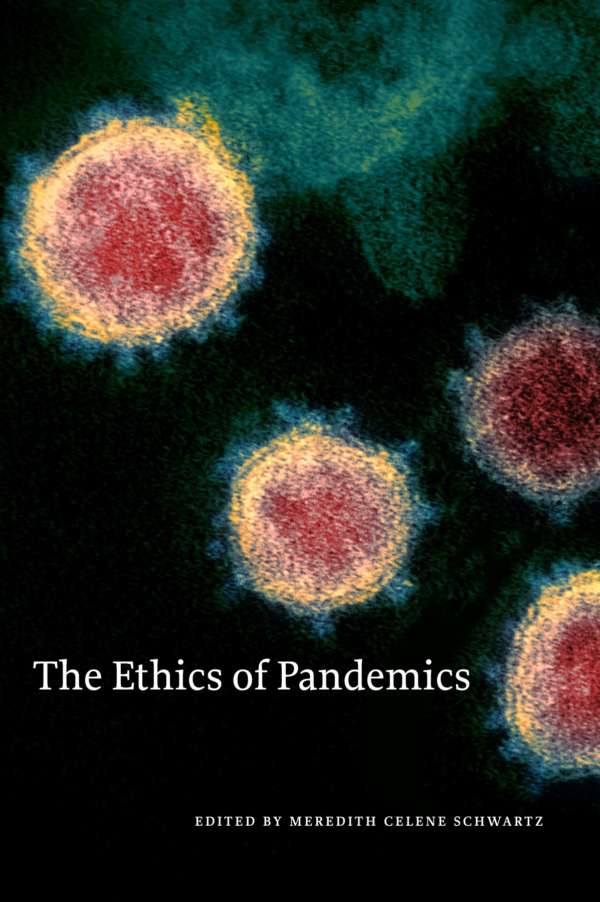Designing Pull Funding For A COVID-19 Vaccine
If somebody wants to avoid vaccine nationalism, then there is a need for a global mechanism of allocation. You'll find a specific proposal in Health Affairs about this issue. Unfortunately, it seems that nobody cares about its application.
In baseline simulations, the optimal pull program spends an average of $50 per dose to obtain an average of 2.2 billion doses—$110.4 billion in total. The size of our pull program is driven by the enormous estimated benefit from COVID-19 vaccination, leading the optimal program to induce nearly all firms to participate (average of 9.8 out of 10), installing nearly all available capacity, and allowing more people to be vaccinated with less delay. To secure this level of participation requires the award to cover all but the most exorbitant cost draws. On average, 2.9 of the 10 candidate firms develop a successful vaccine, generating a social benefit (net of program costs) of $2.8 trillion.
Our mechanism offers two advantages over the free market. First, it dramatically lowers cost—by a factor of thirteen—by averting a bidding war. Given our program’s larger size compared with other policy proposals, it is ironic that its advantage would be to lower costs compared with the private market. Second, it allows for more efficient allocation, moving some vulnerable people in lowerincome countries up in the queue ahead of some from richer countries experiencing lower harm. A conjectured third benefit of our mechanism— enhancing investment in more candidates and more capacity—did not materialize in baseline simulations. Demand for a COVID-19 vaccine is so high that every firm in every simulation finds investing profitable under a free-market scenario. This third benefit does materialize in scenarios with substantially more per firm capacity than in the baseline.
Eivissa, Francesc Català i Roca





